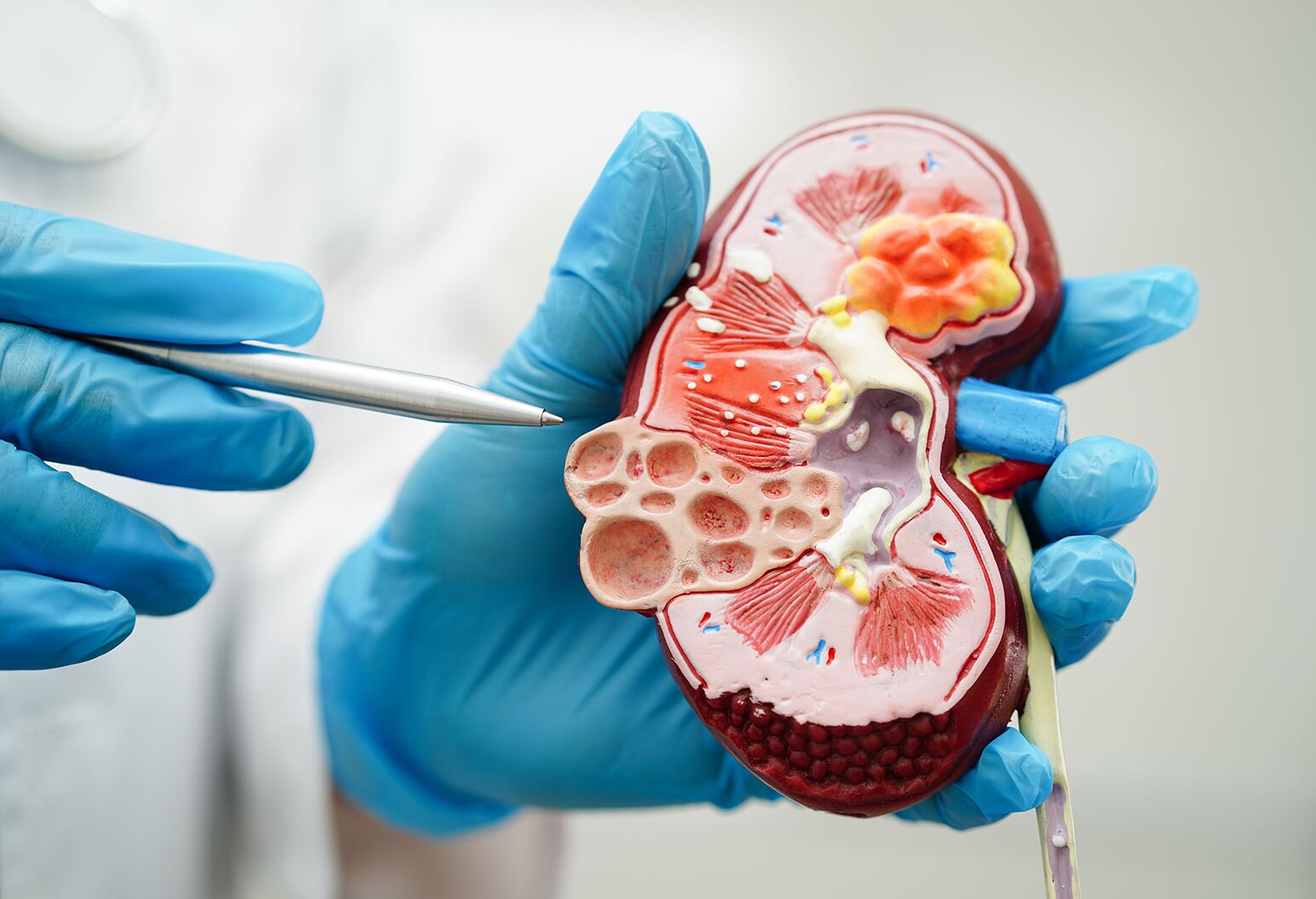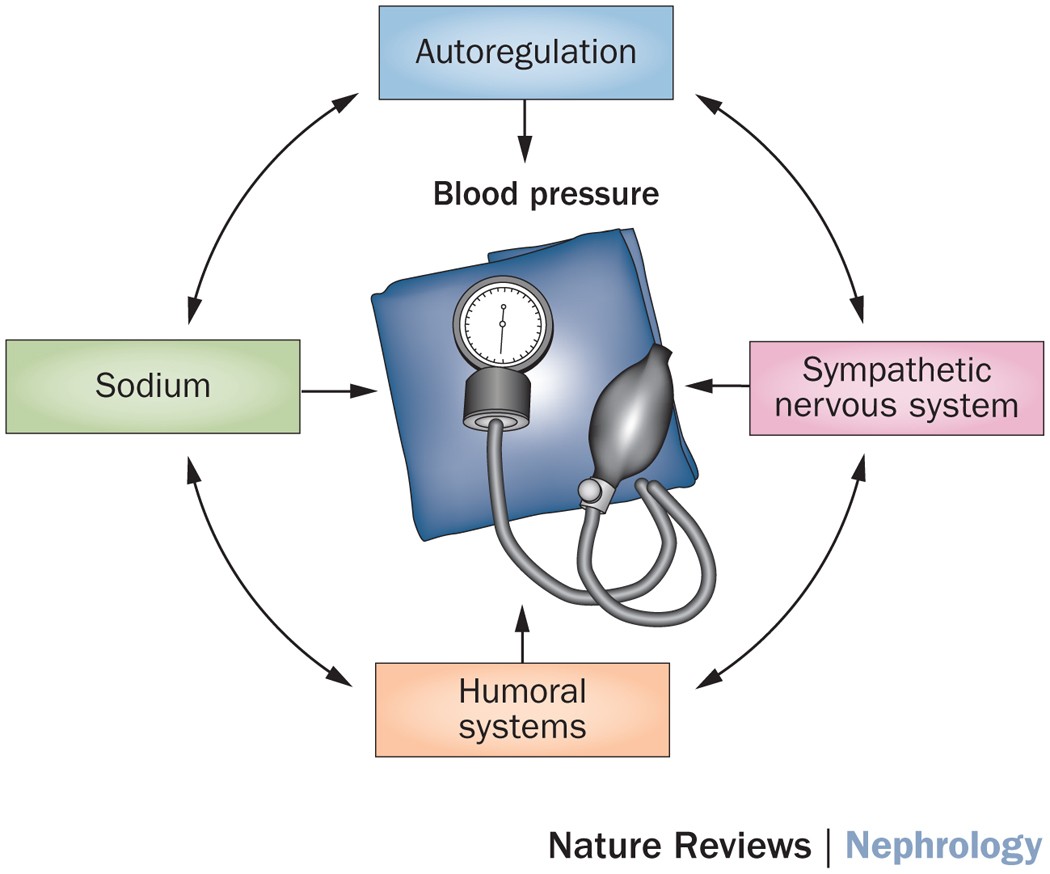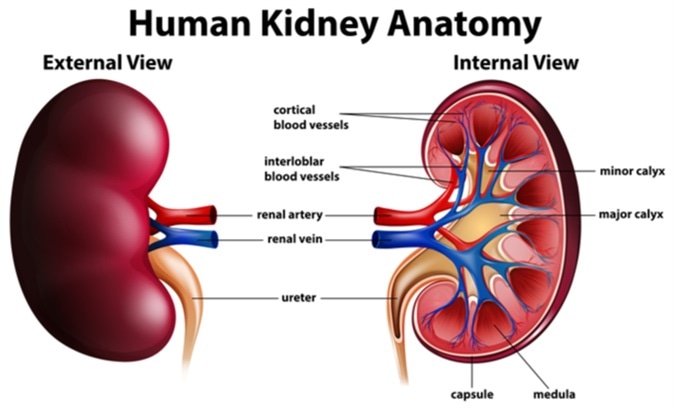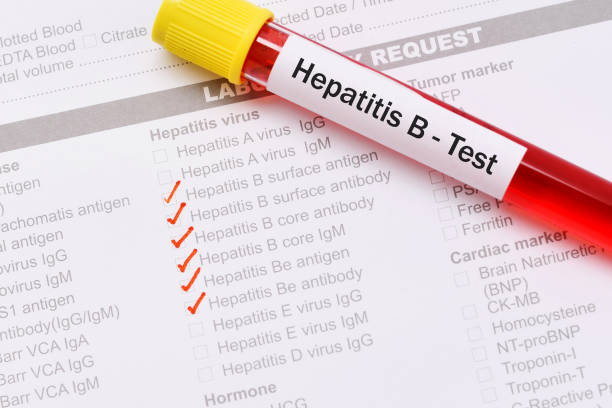You may hear medical students talk about “high yield” and
“low yield” topics, the idea that some things are worth learning because they’ll
score marks, while others can safely be ignored. I, like many others, find this discussion at best irritating and at worst exasperating or even offensive. Why?
This mindset is short-sighted and demeaning to patients and
their experiences. Labelling parts of the curriculum as “low yield” suggests
they are less valuable, when in reality, every condition, system, and clinical
story matters to the people living it. The “rare” syndrome, the “niche”
complication, or the “uncommon” presentation may be the defining moment in one
patient’s life - and the patient in front of you deserves your full attention,
not a calculation of yield.
There is also a degree of arrogance in the “high yield”
mindset. As students, you do not yet have the experience to judge what will or
won’t be important in your future practice. What feels irrelevant today may be critical tomorrow. Senior medical educators have
designed the curriculum with decades of accumulated wisdom. To dismiss parts of
it as “low yield” is to assume you know better than those who have seen the
consequences when knowledge gaps harm patients.
Focusing only on what might appear in exams encourages
skipping over knowledge simply because it’s uncommon, uninteresting to you, or because you don't yet have the experience to understand its value. That erodes your future
readiness as a doctor and risks patient safety. Medicine is built on breadth as
well as depth - on curiosity, humility, and a willingness to take every
presentation seriously. You don’t get to choose which patient walks through
your door. When it’s their story, it will always be high yield.
Instead of chasing the most marks for the least effort, or
trying to be “strategic,” aim higher: focus on becoming the best doctor you can
be. That means:
- Building
strong foundational concepts that you can apply across conditions.
- Seeking
integration: understanding how systems connect, not just isolated
facts.
- Practising
clinical reasoning: applying knowledge in scenarios, not memorising
lists.
- Reflecting
on the kind of doctor you want to be - one who values marks, or one
who values patients.
Exams will come and go, but your patients will live with the
consequences of how seriously you approached your learning. Choose to respect
the curriculum, respect your educators, and above all respect your
patients - because in real medicine, everything is high yield.












.jpeg)

























 A 12-question quiz on urinary tract infections and pyelonephritis, focusing on microbiology, pathophysiology, antibiotic choice, and host defences.
A 12-question quiz on urinary tract infections and pyelonephritis, focusing on microbiology, pathophysiology, antibiotic choice, and host defences.




 Test your understanding of nephron structure and kidney physiology with these five quiz questions.
Test your understanding of nephron structure and kidney physiology with these five quiz questions.

 A 5-question quiz exploring the pathophysiology of alcohol-related and non-alcoholic fatty liver disease (ARLD vs NAFLD). Read each clinical scenario and choose the best explanation.
A 5-question quiz exploring the pathophysiology of alcohol-related and non-alcoholic fatty liver disease (ARLD vs NAFLD). Read each clinical scenario and choose the best explanation.



